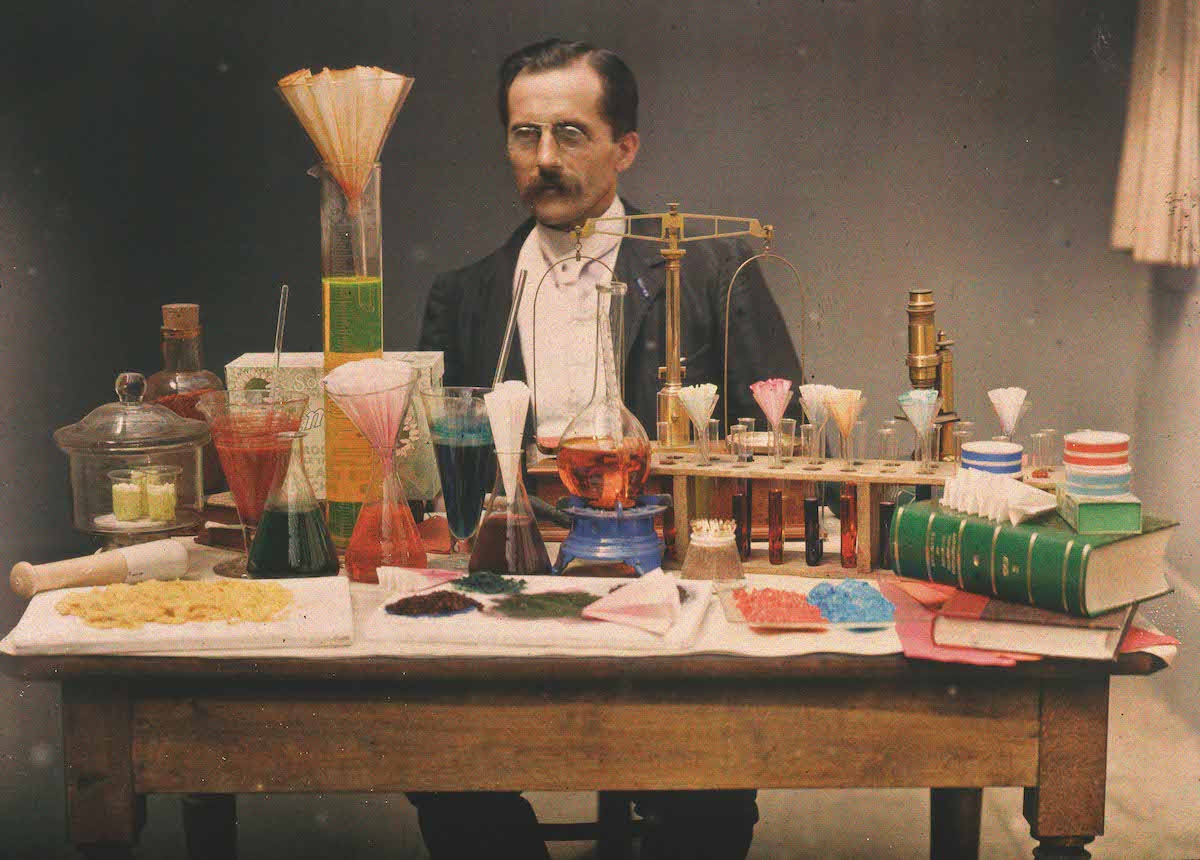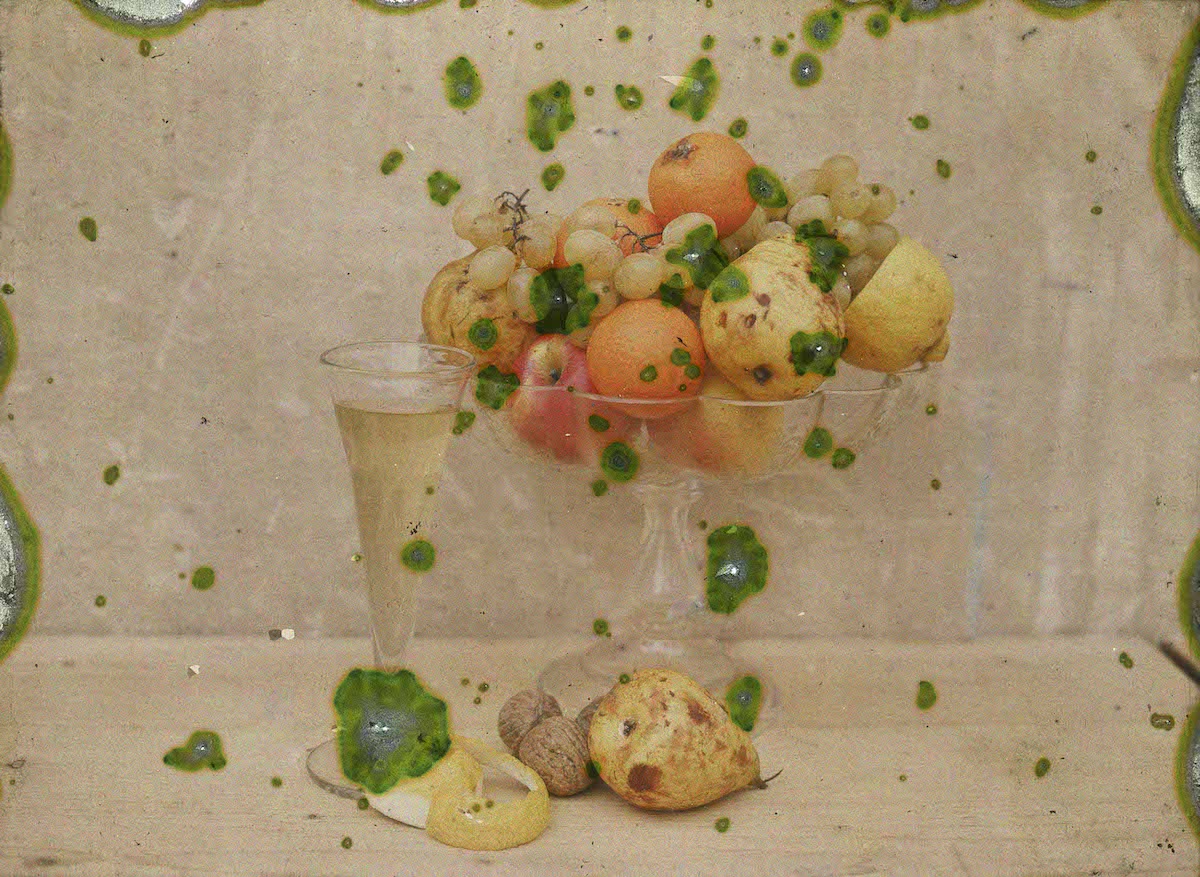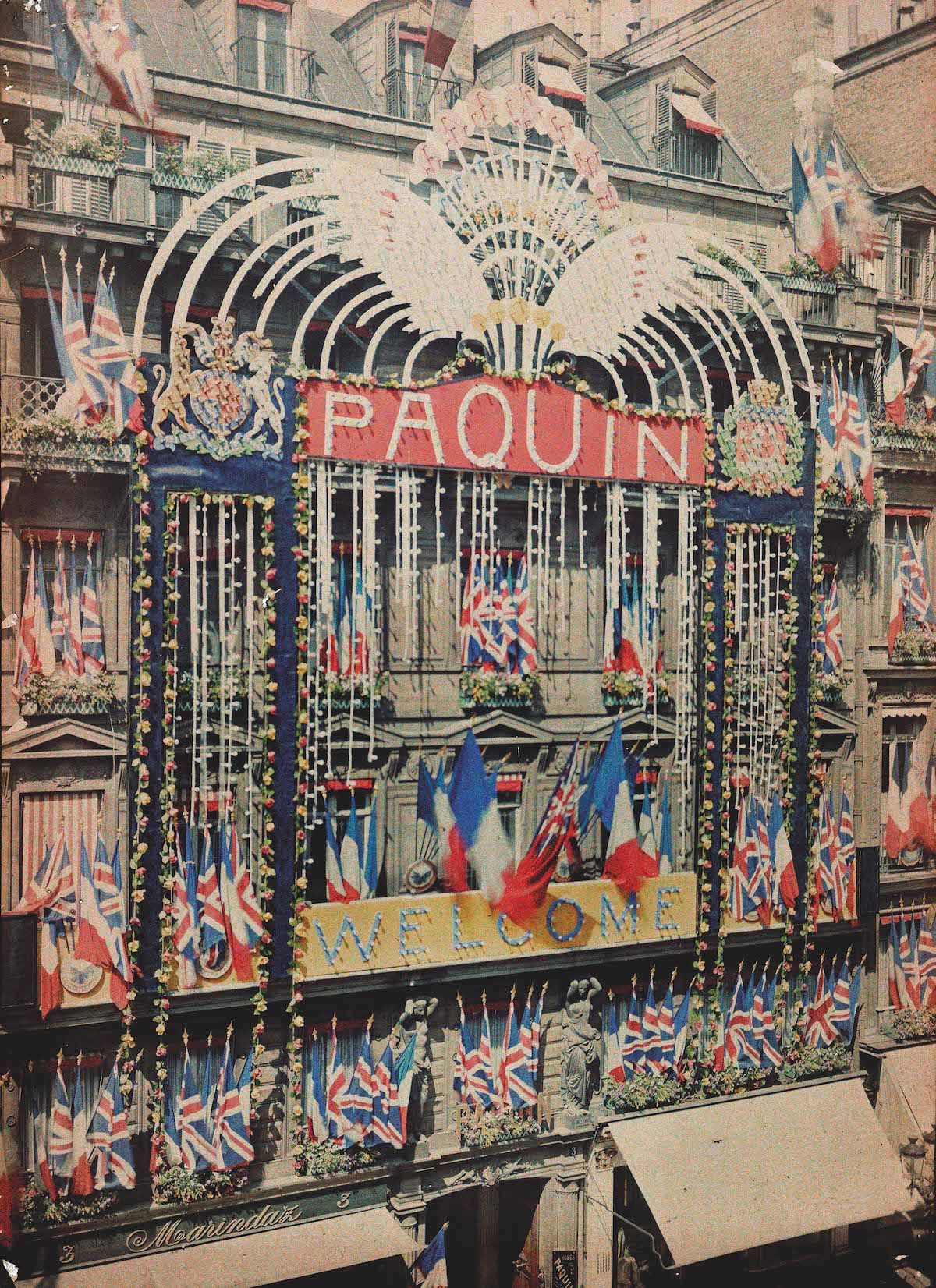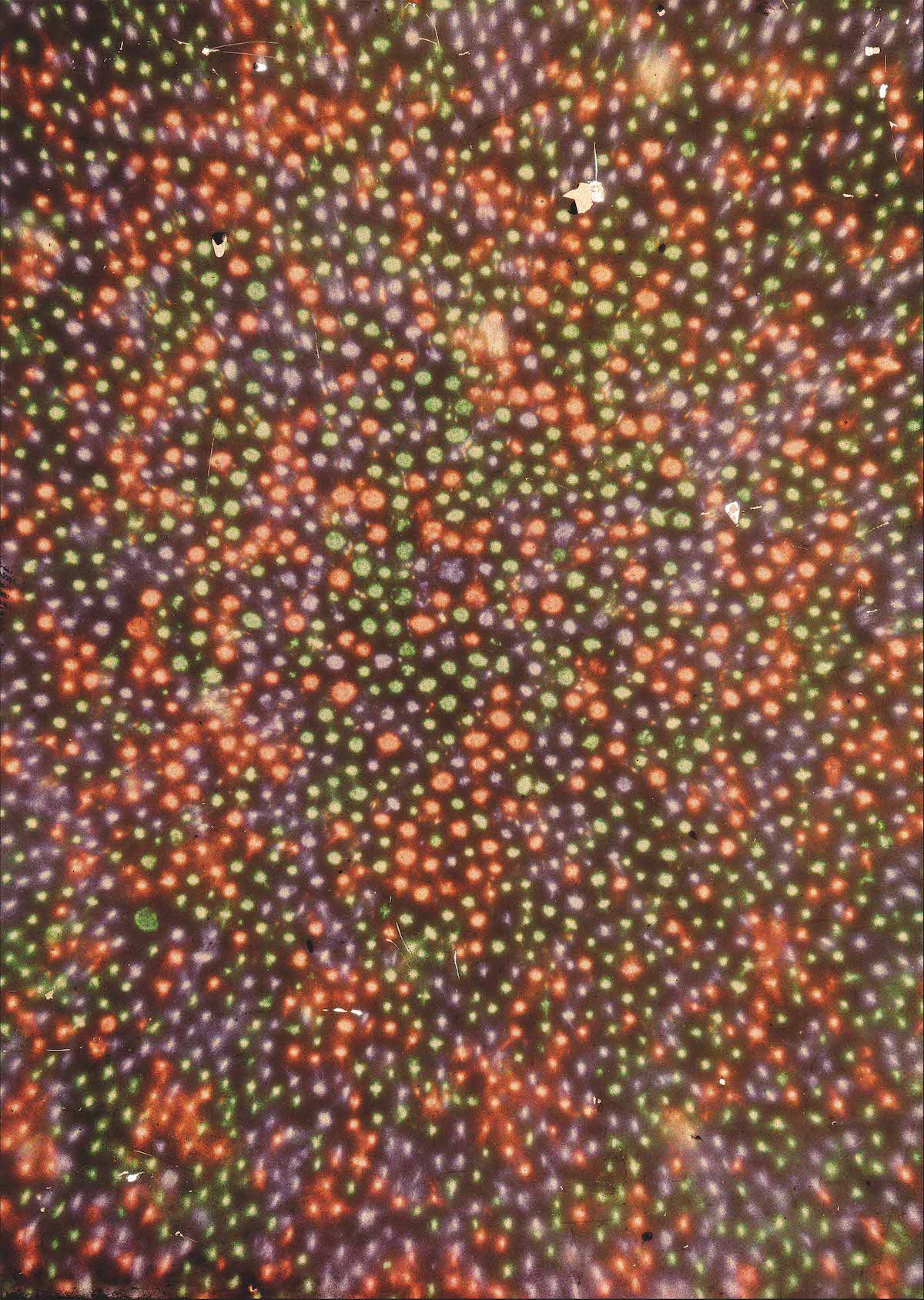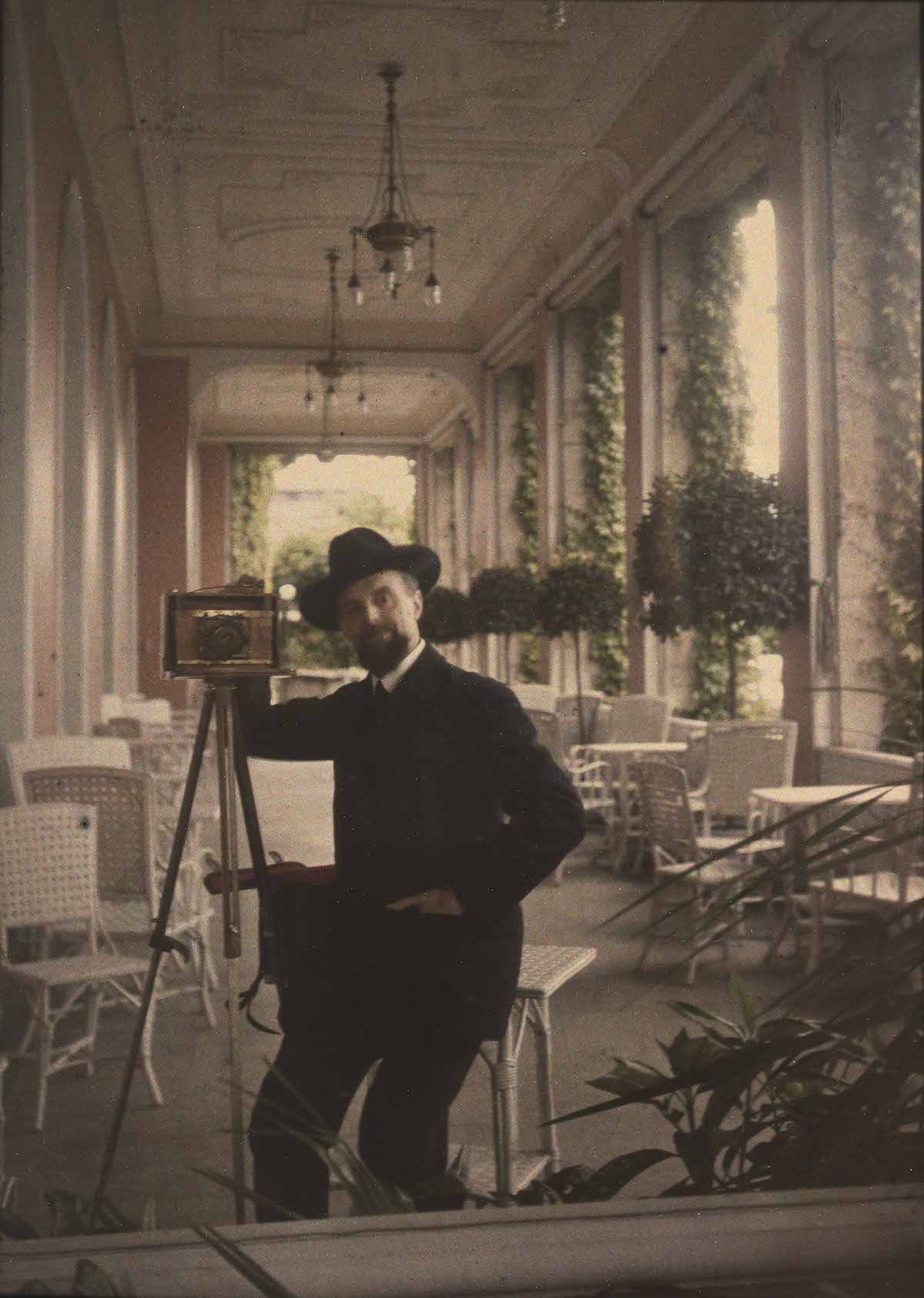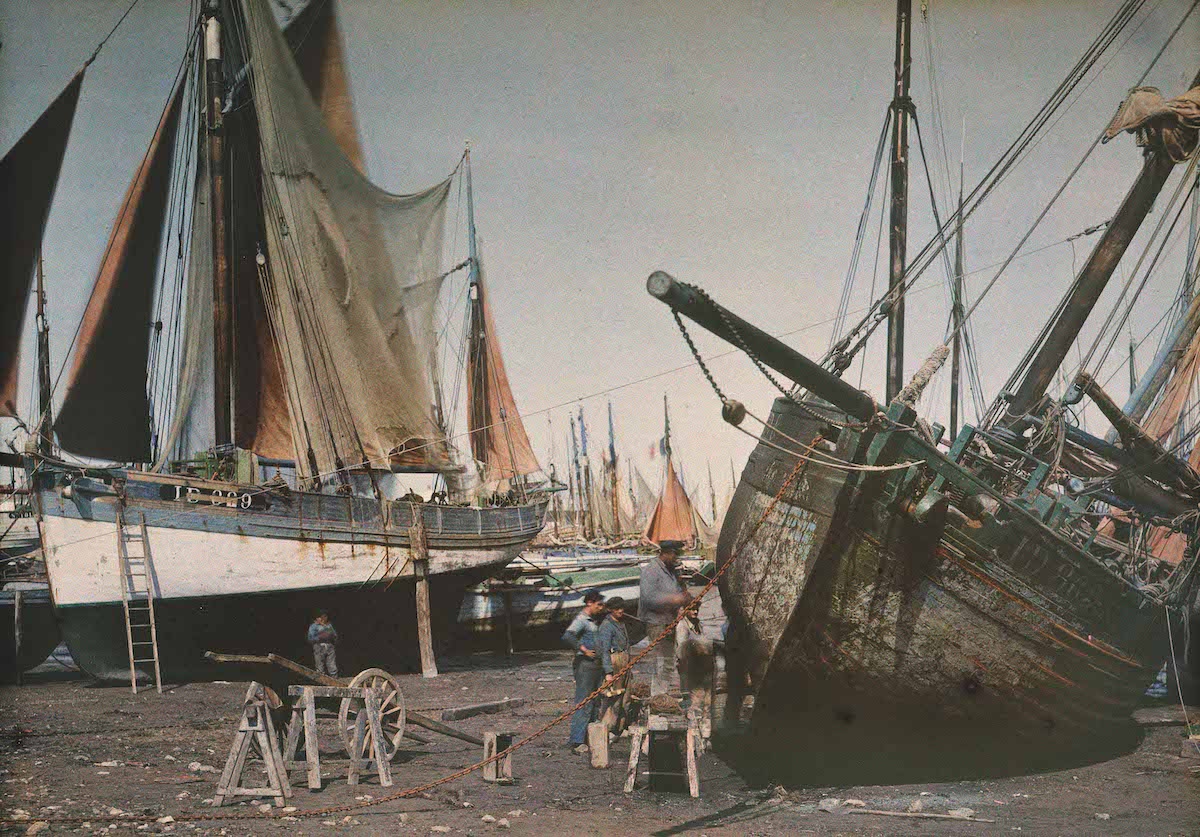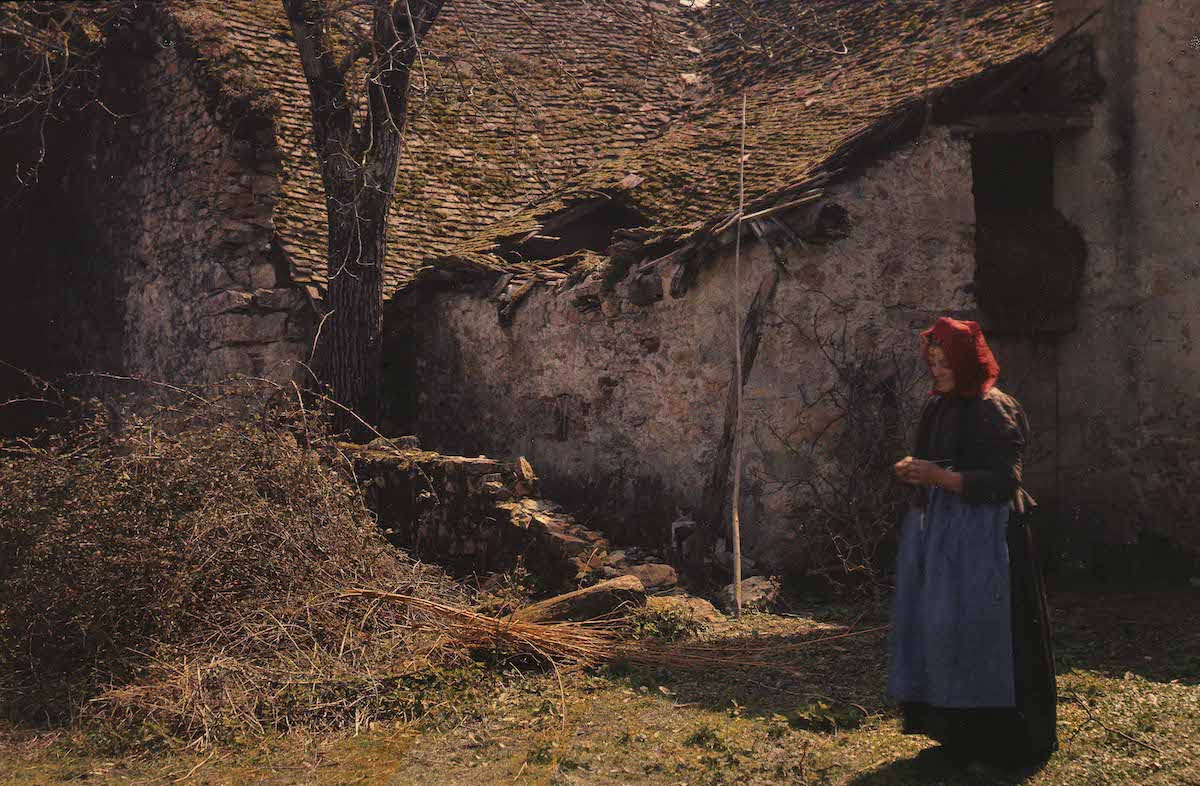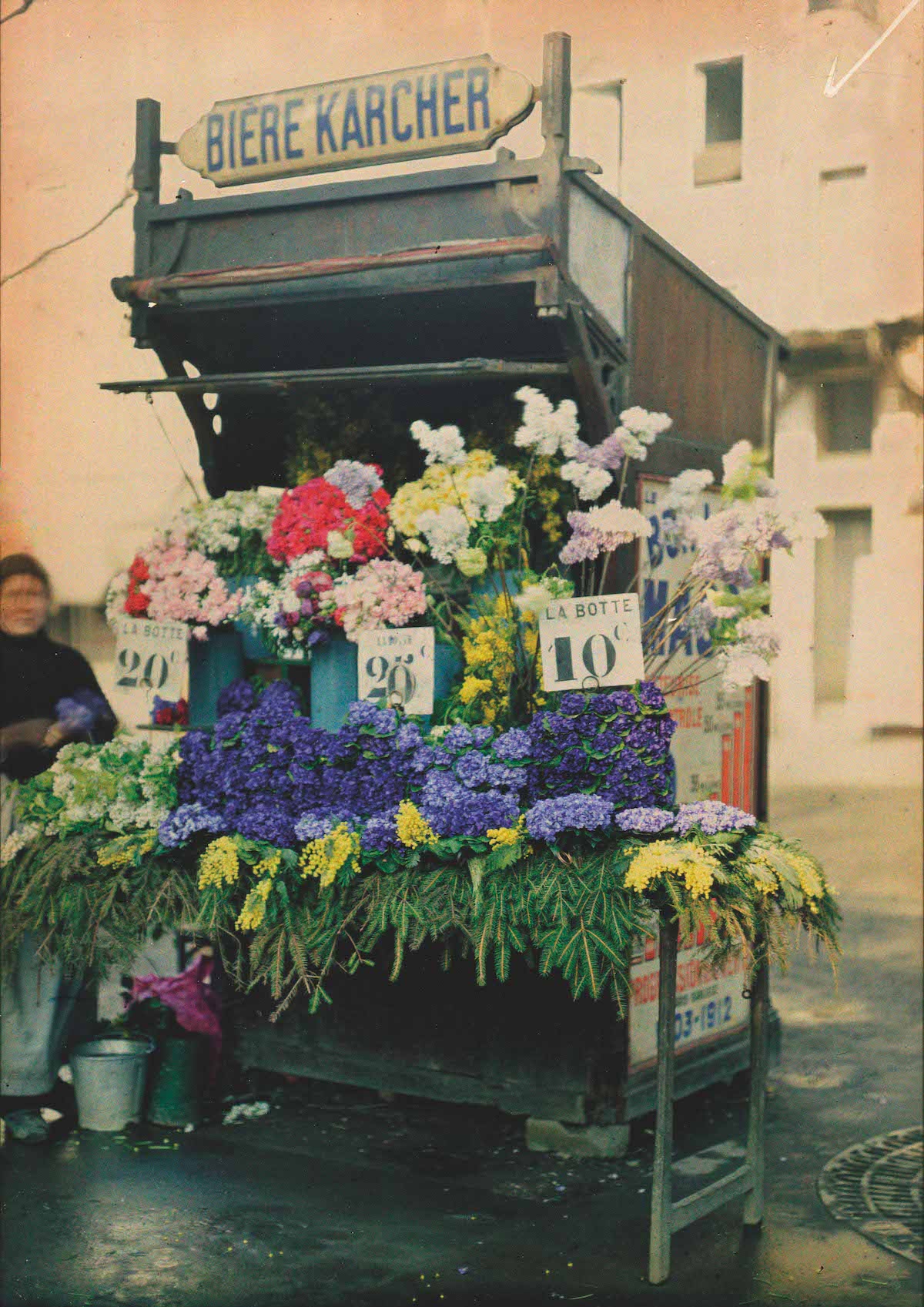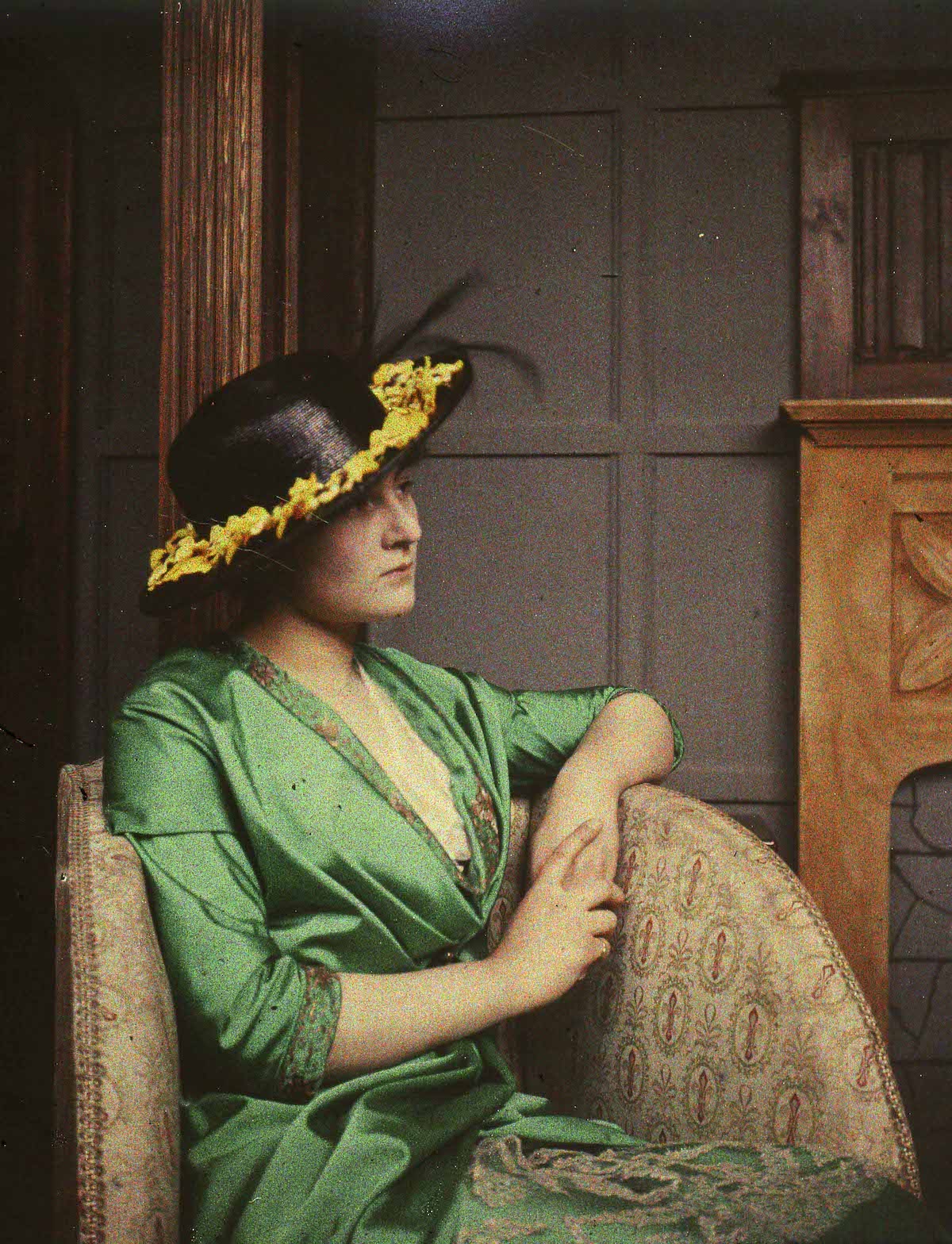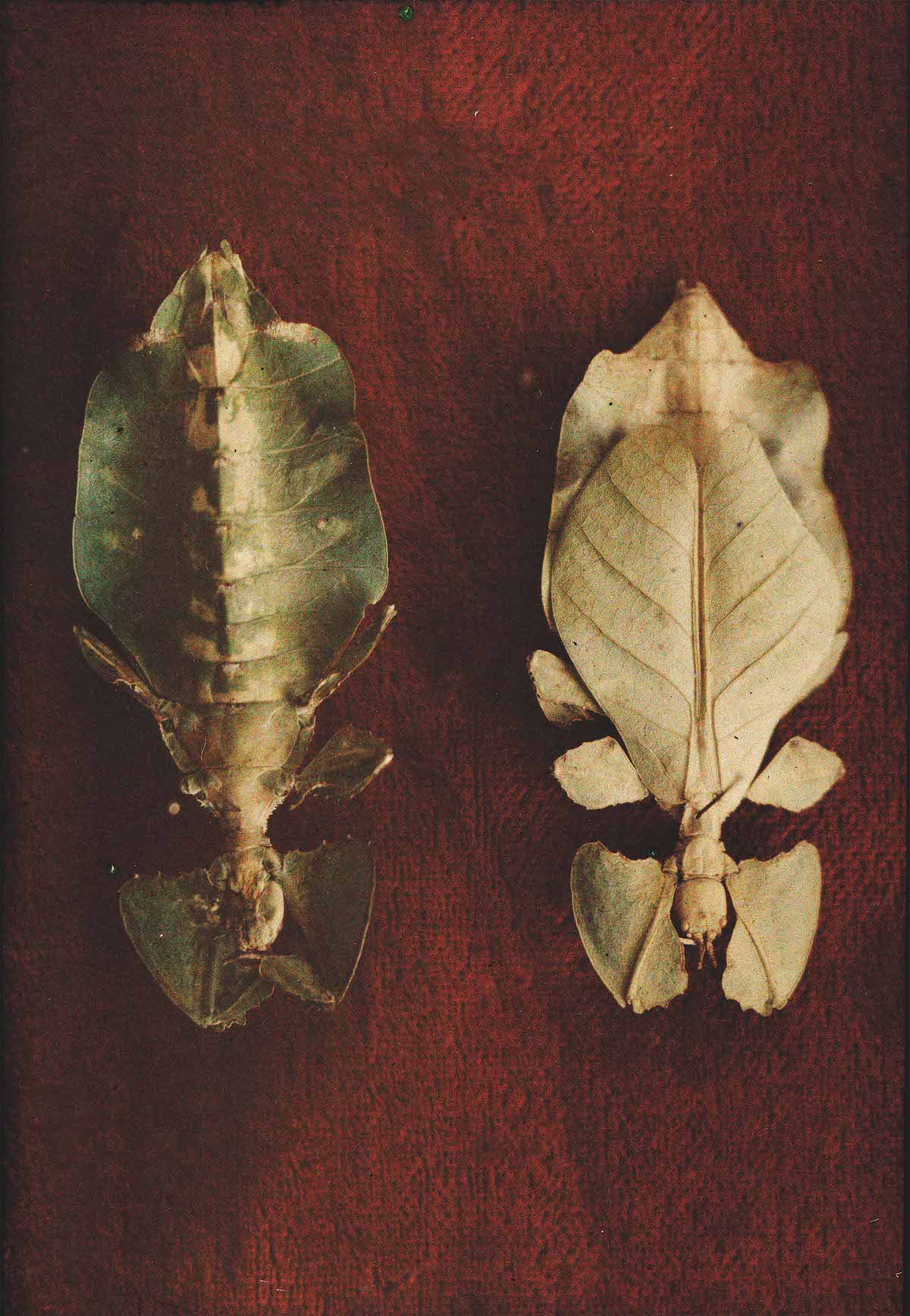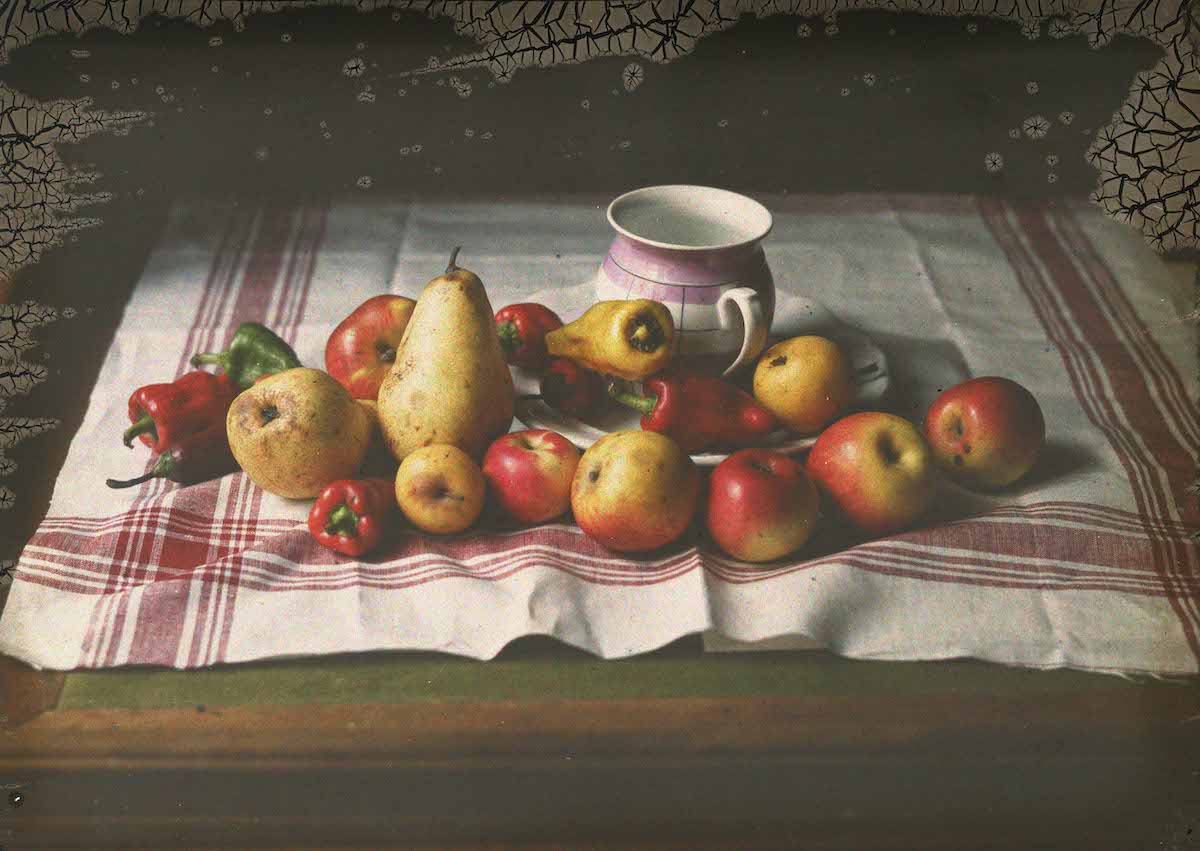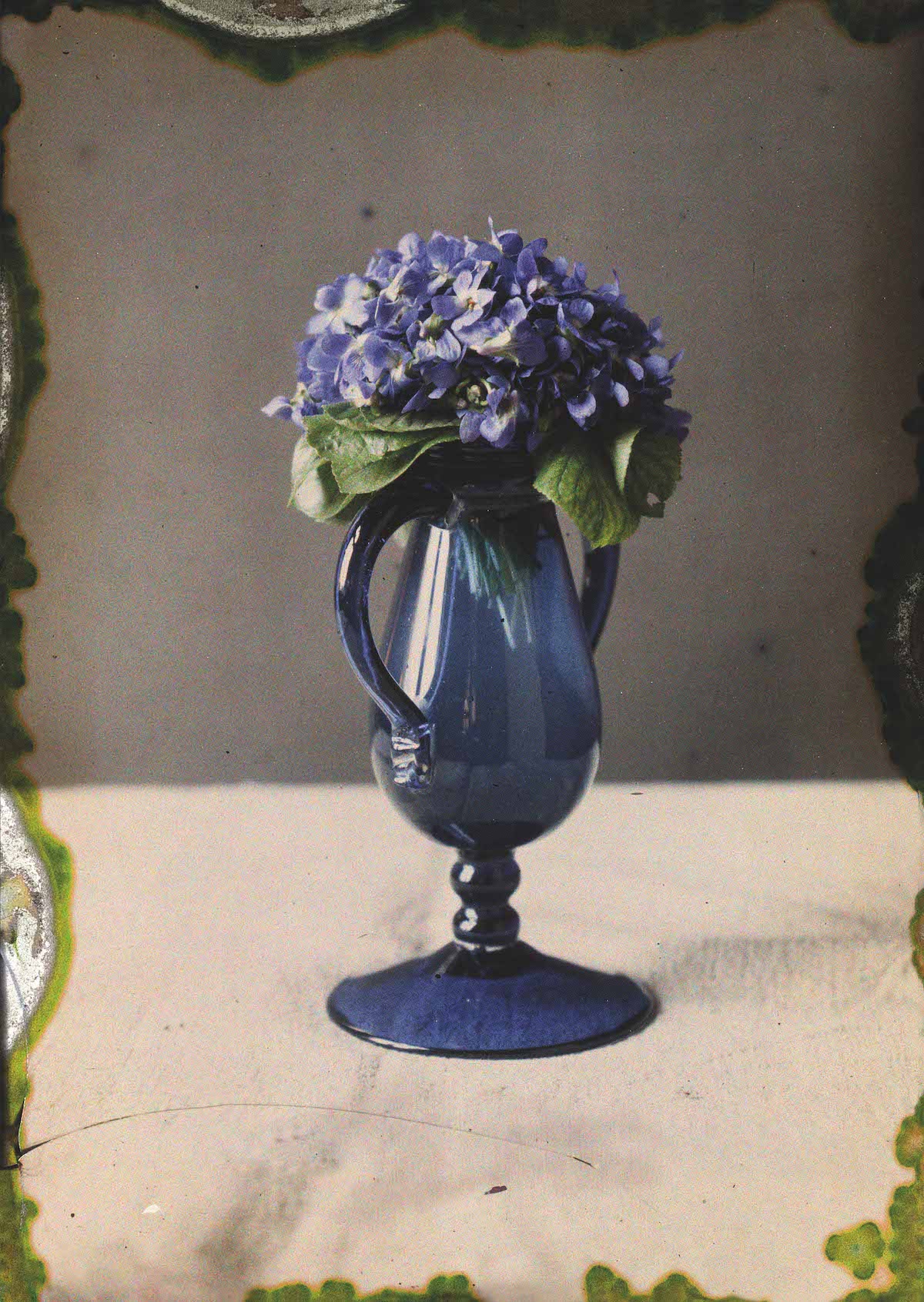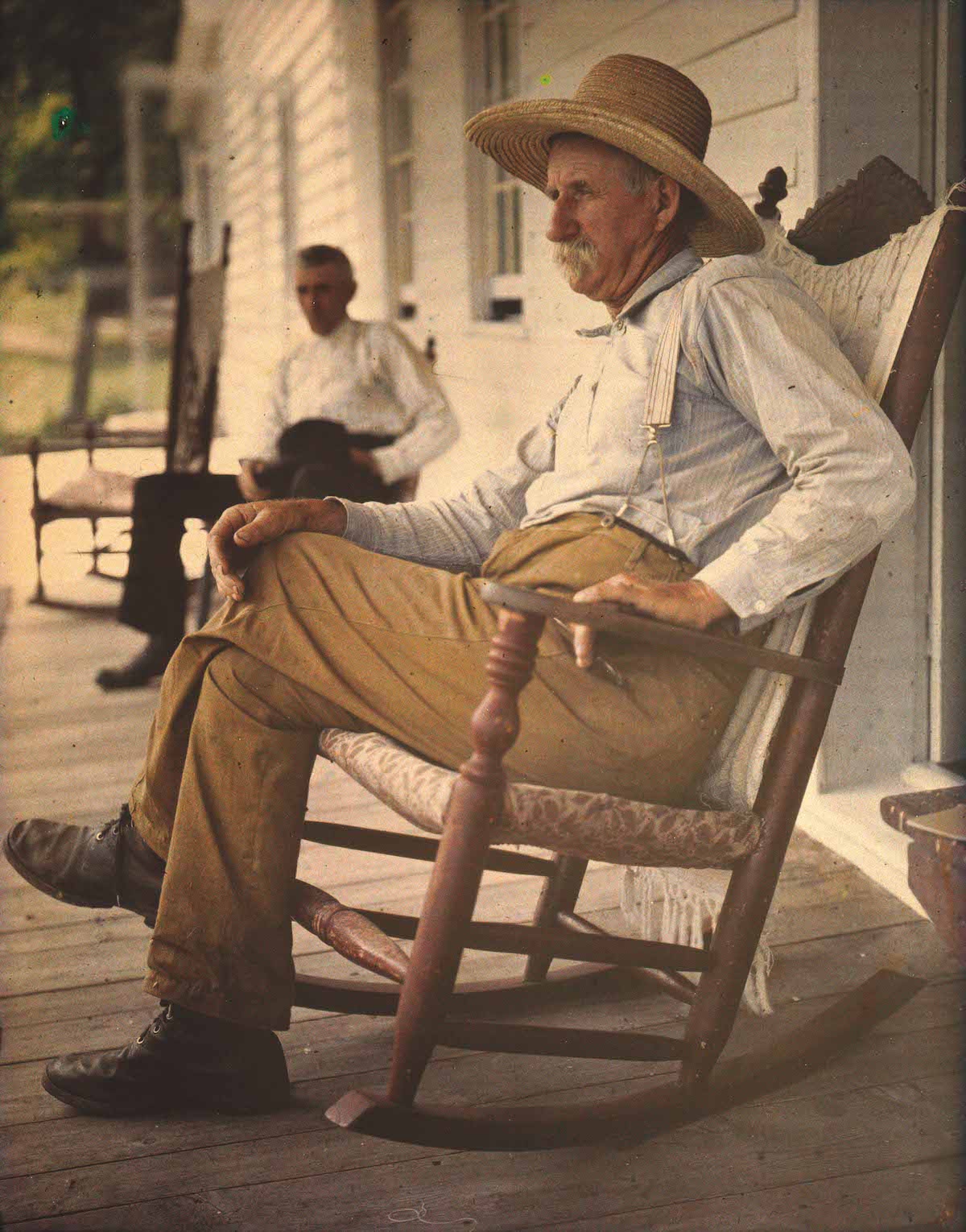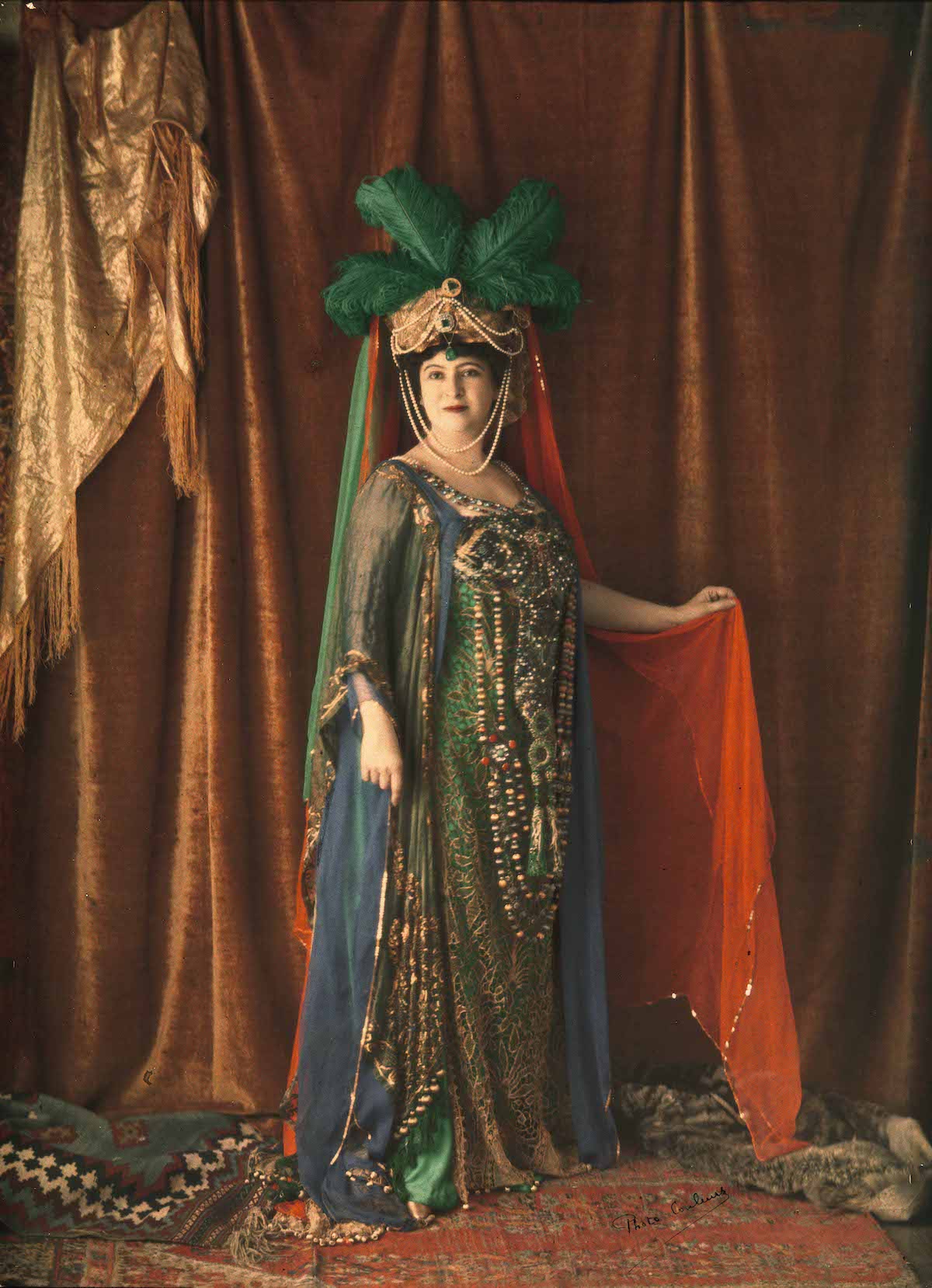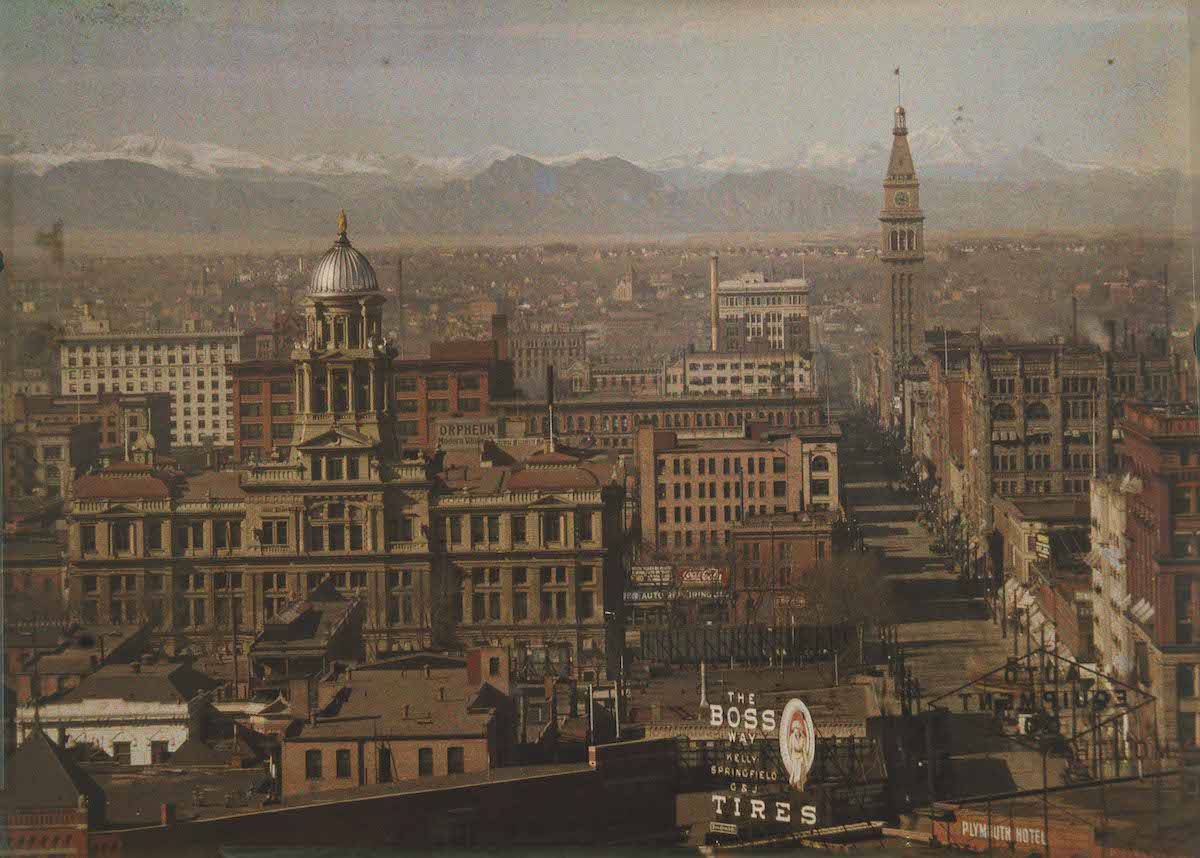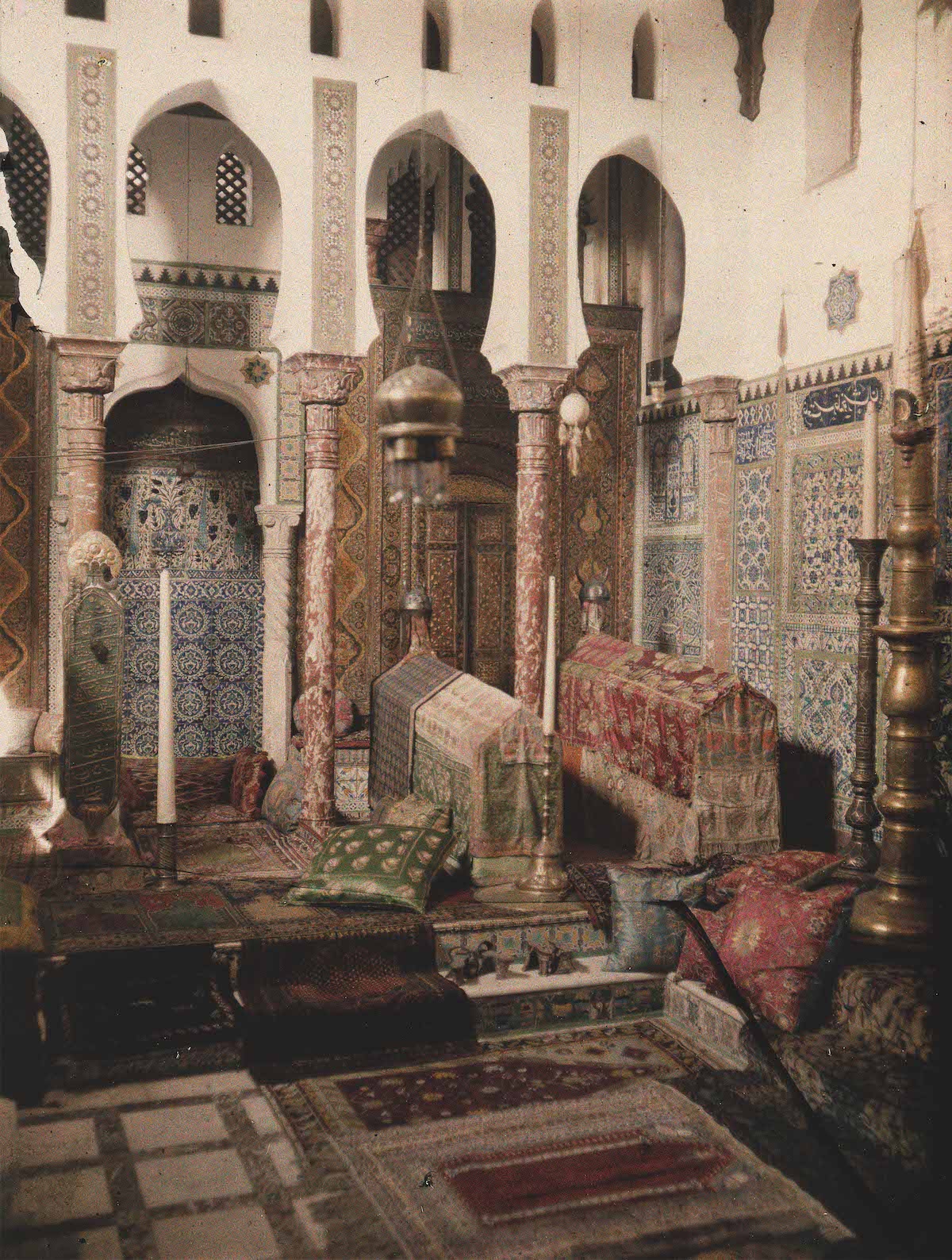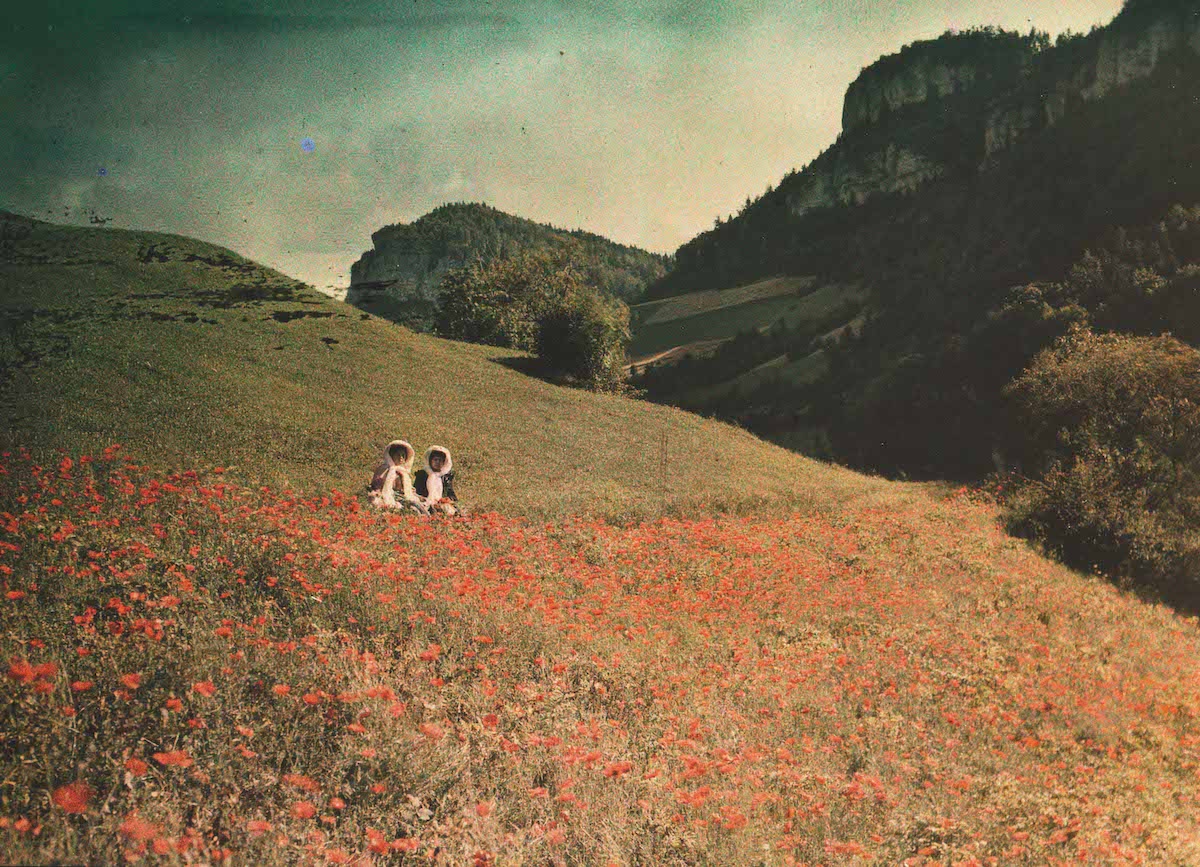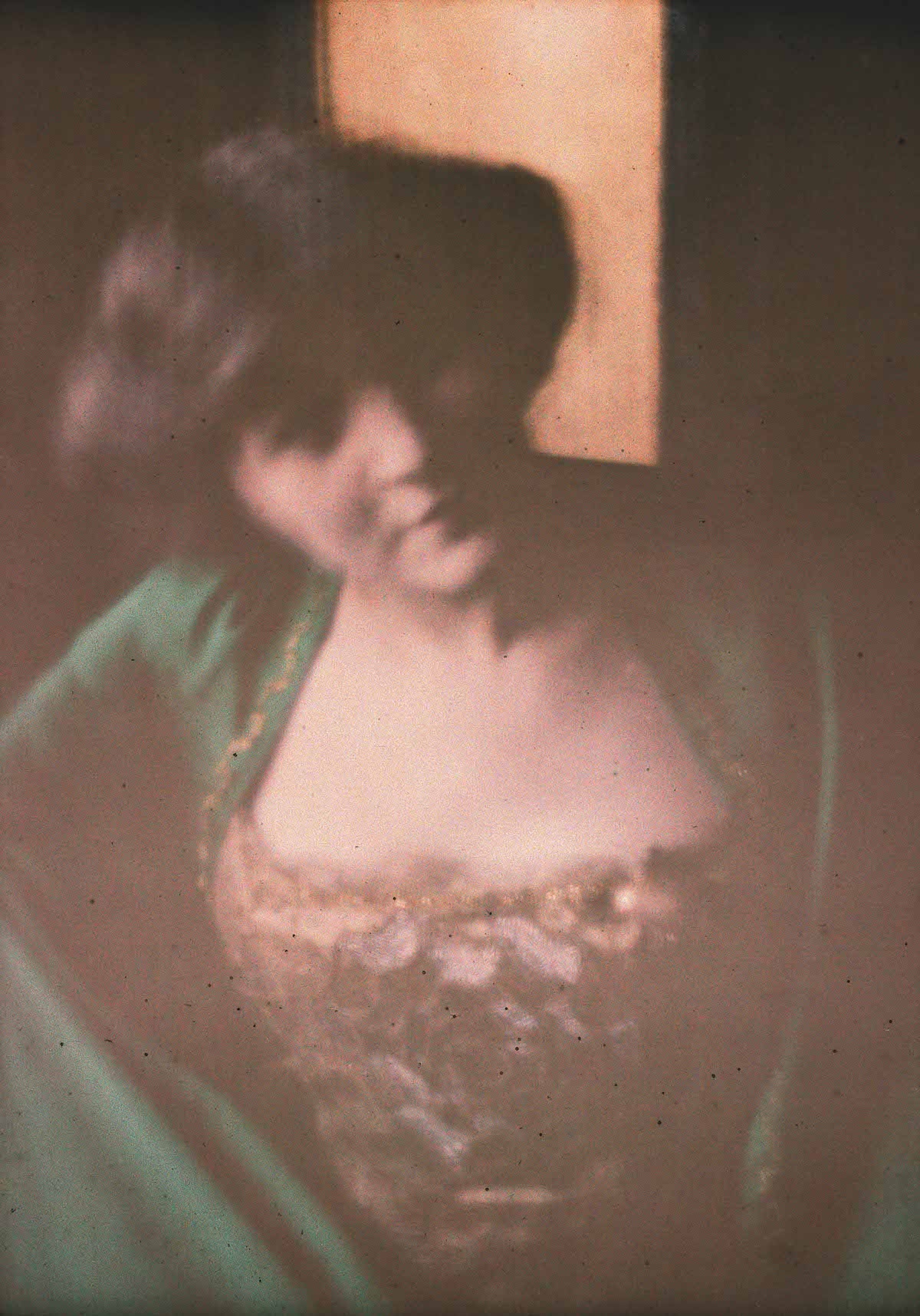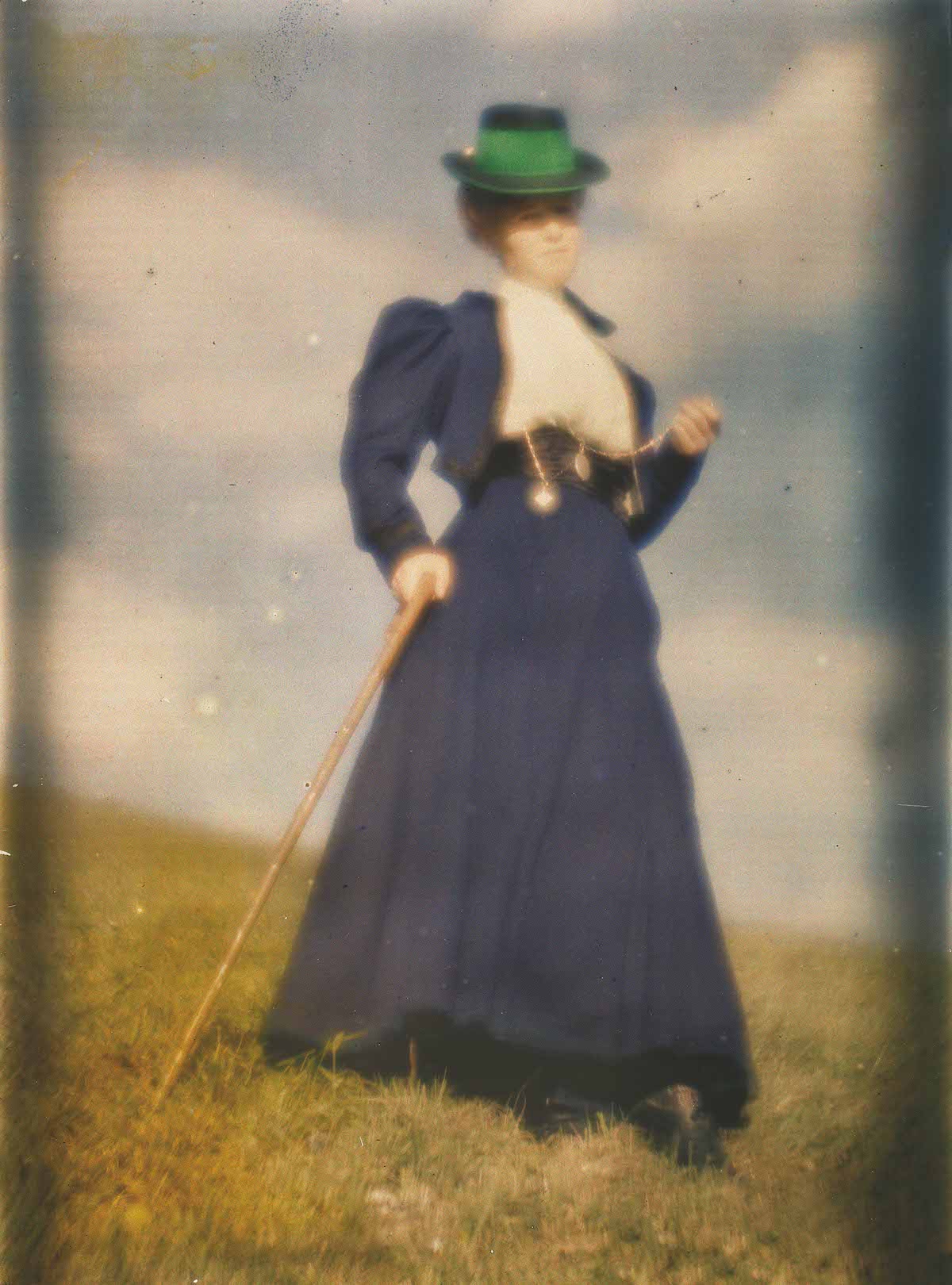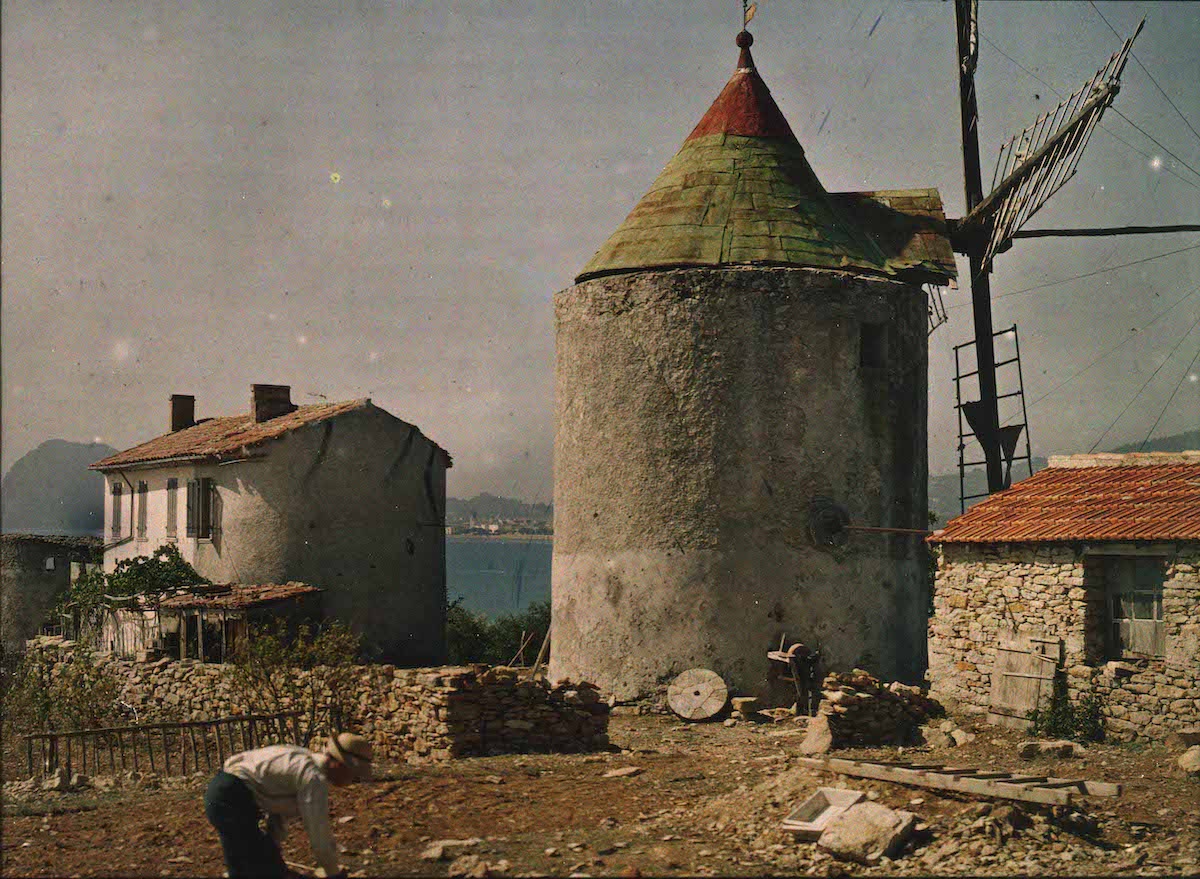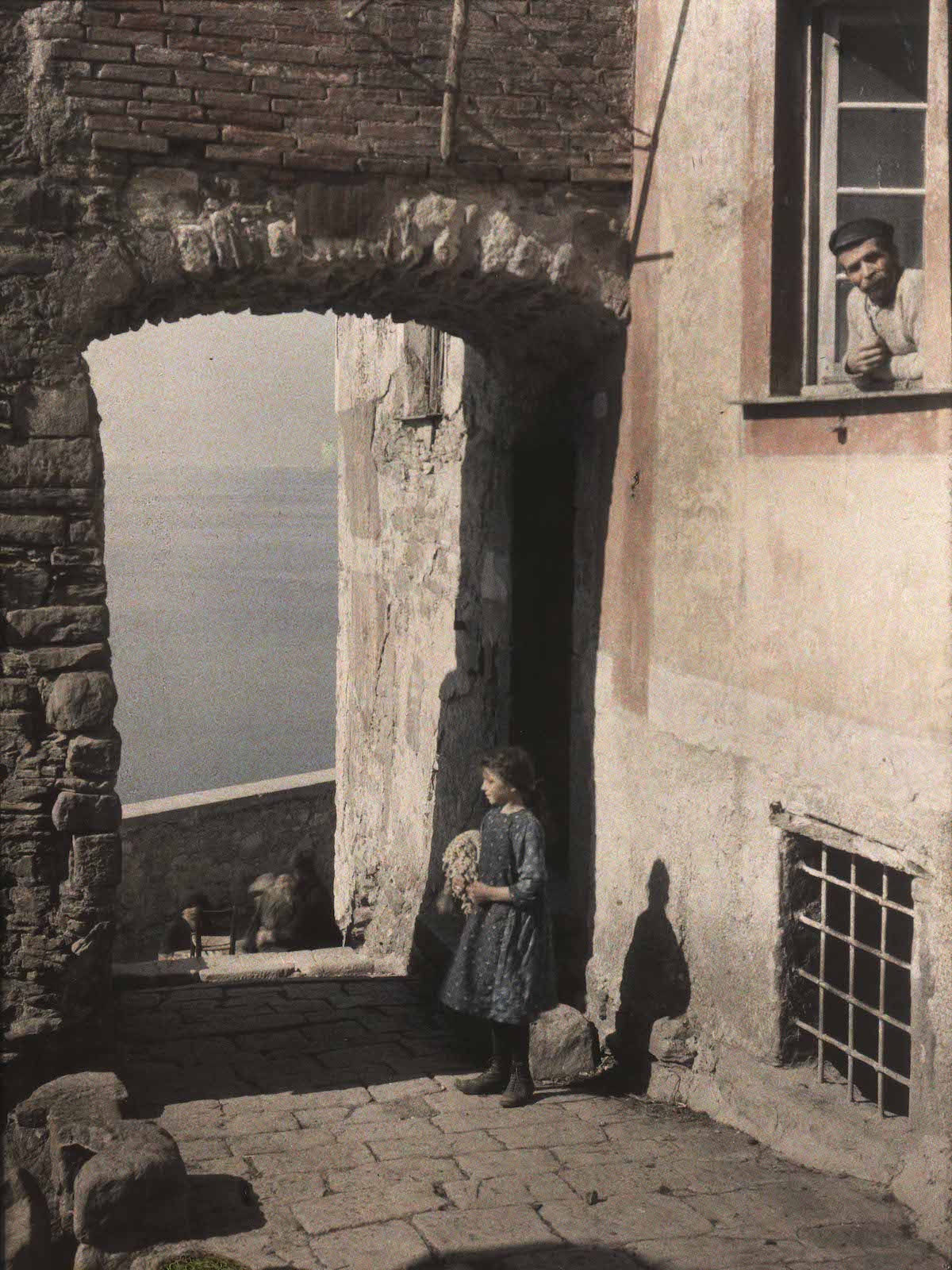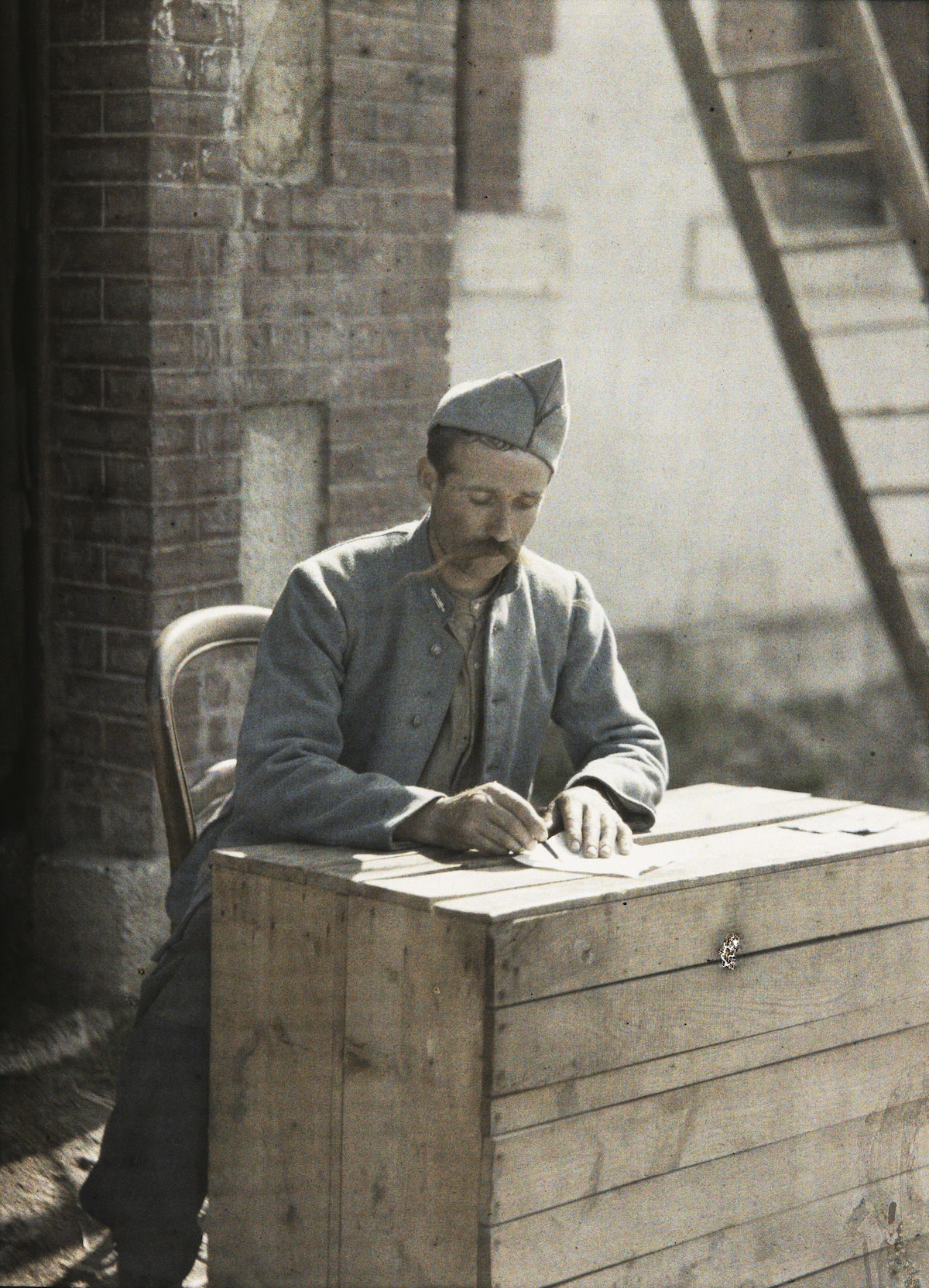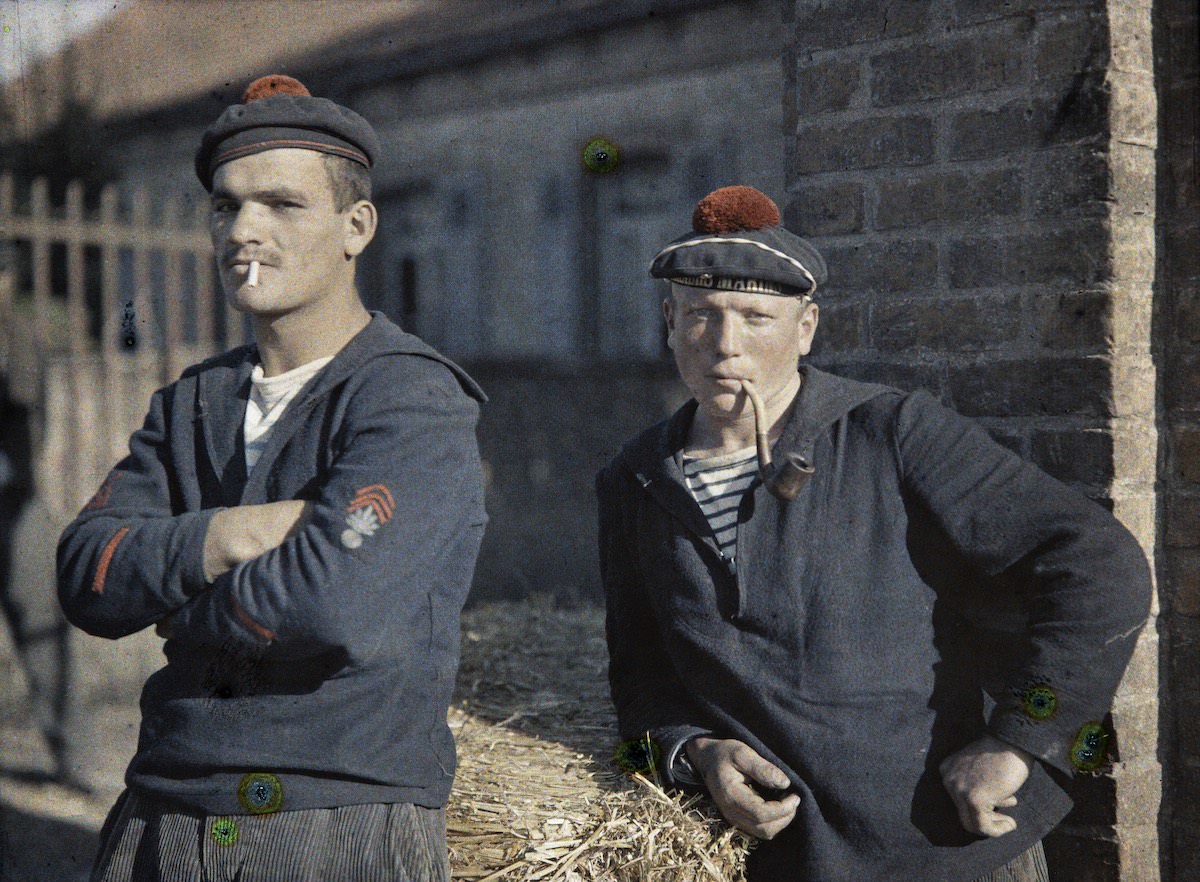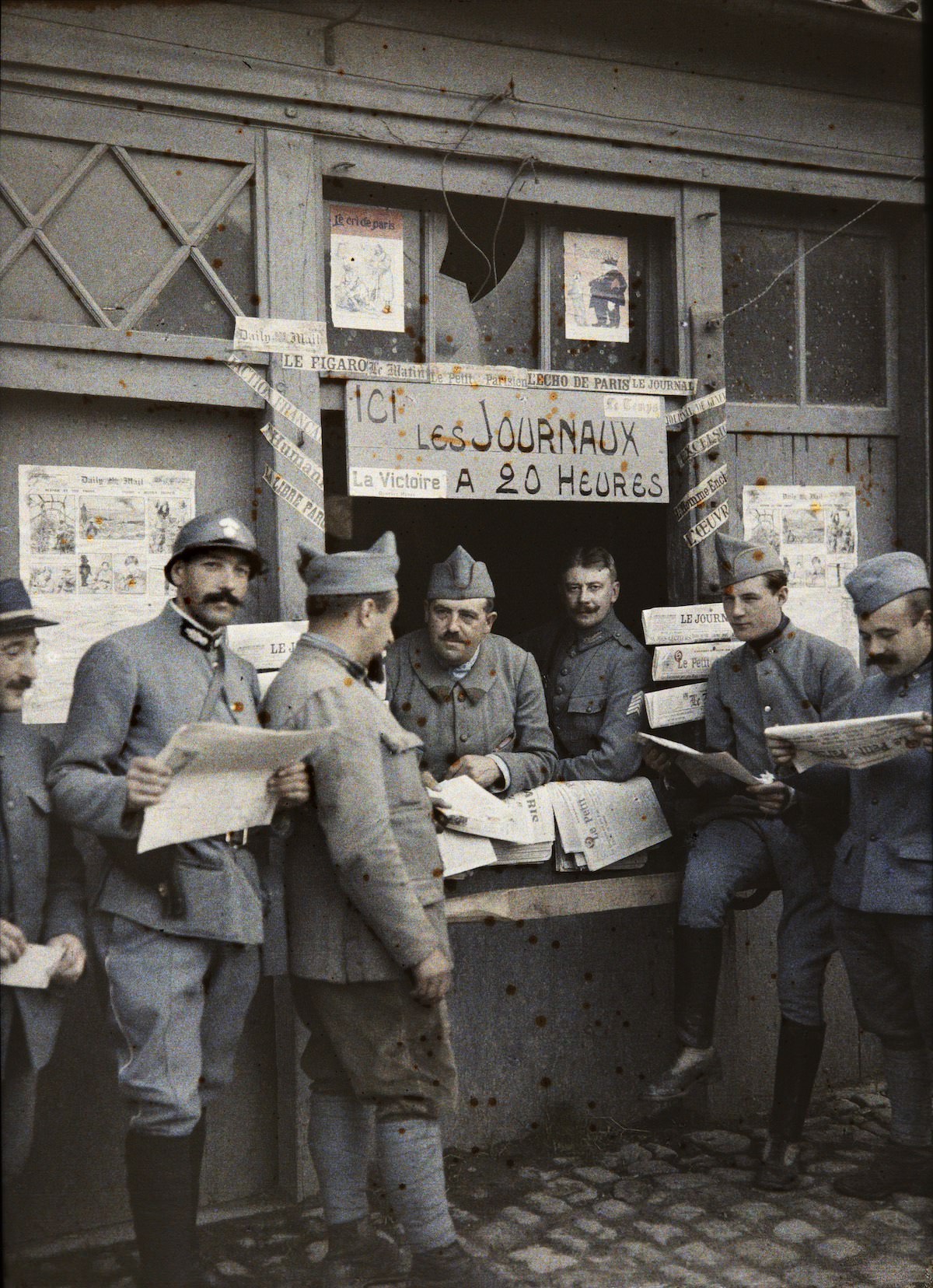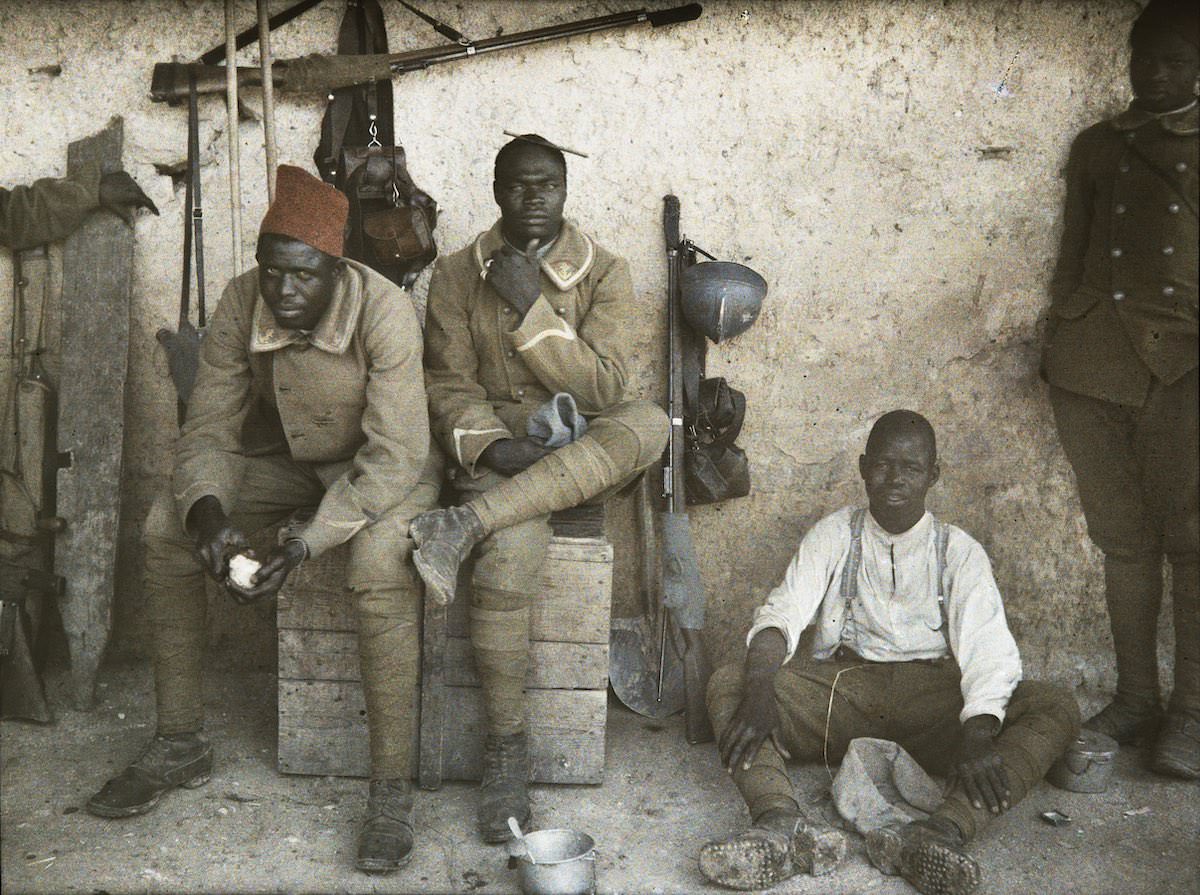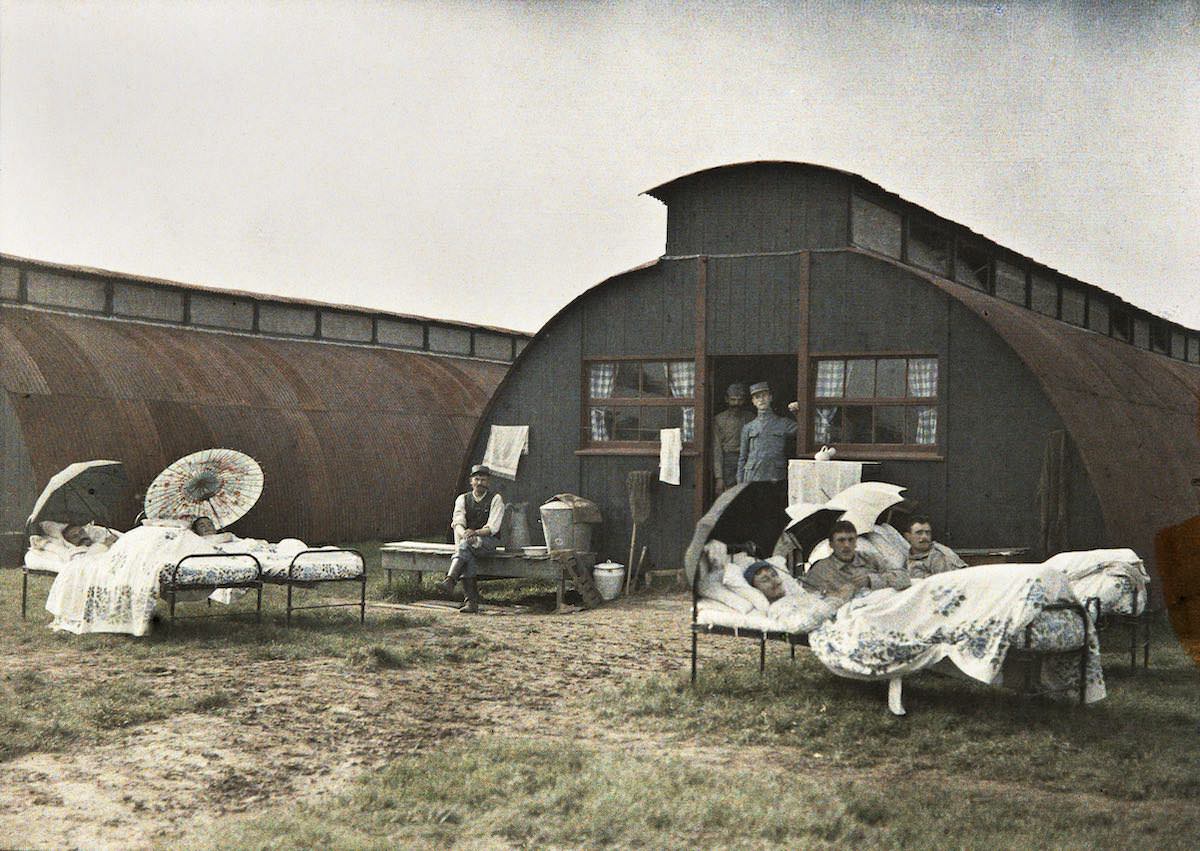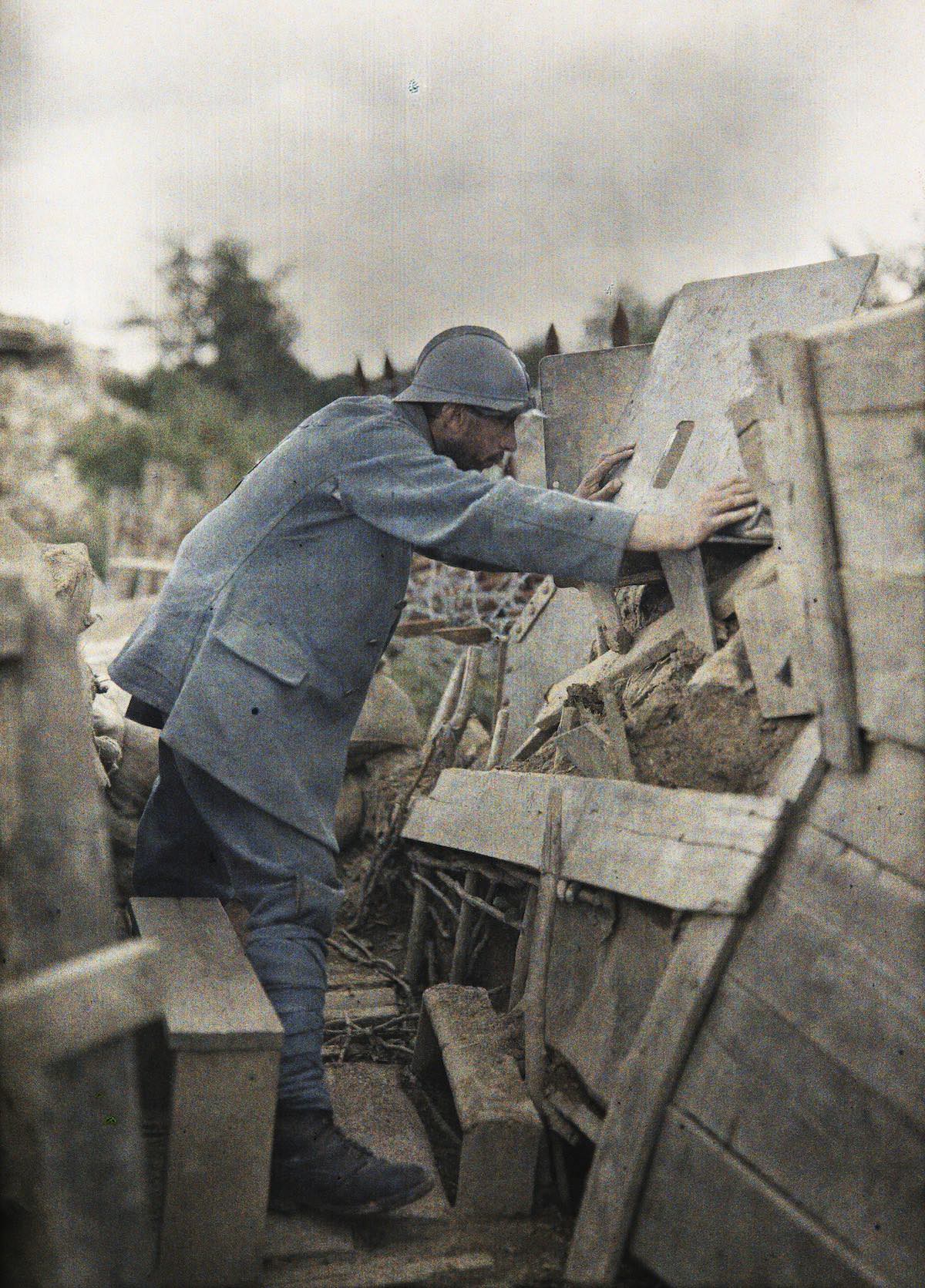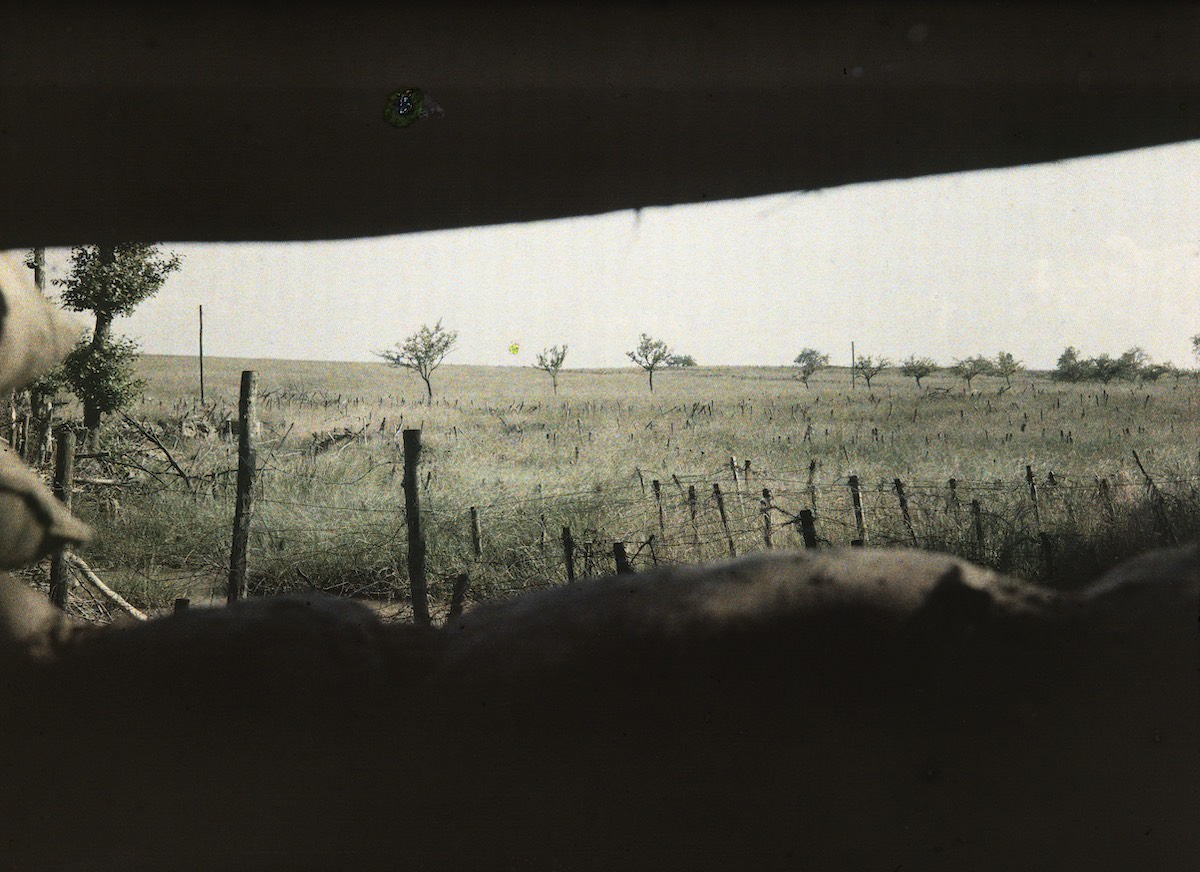The early 20th century marked an important moment in the history of photography, as the world transitioned from the muted tones of black and white to the vibrant hues of color. At the forefront of this revolution was the Autochrome Lumière, a groundbreaking process that transformed the way people saw and captured the world around them.
A New Era of Photography
Introduced in 1907 by the Lumière brothers, the Autochrome process was hailed as a marvel of modern technology. For the first time, photographers could capture the world in all its colorful glory, transforming landscapes, portraits, and still lifes into breathtakingly realistic images. The process, while not without its limitations, ushered in a new era of creativity and expression for photographers and viewers alike.
Creating Autochromes was no easy feat. It required meticulous attention to detail, patience, and a deep understanding of the complex chemical process involved. Unlike the instant gratification of modern digital photography, each Autochrome required careful planning and execution. Photographers had to consider the lighting, exposure, and composition with utmost precision to achieve the desired results. The process was often described as a delicate dance between art and science, where technical skill and artistic vision intertwined to create stunning masterpieces.
Read more
The Autochrome’s appeal lay in its ability to capture the subtle nuances of color and light. The images have a unique, dreamlike quality, with soft, diffused colors and a sense of timelessness. They evoke a sense of nostalgia, transporting viewers to a simpler, more elegant time. Even today, over a century after their creation, Autochromes continue to captivate audiences with their ethereal beauty and historical significance.
A Glimpse into a Bygone Era
The following Autochromes from early 20th century France offer a unique glimpse into a bygone era. They capture a world in transition, where the old ways of life were gradually giving way to modernity. The images transport us to a time of horse-drawn carriages, bustling street markets, and elegant fashion. We see landscapes bathed in the warm glow of the afternoon sun, portraits of people from all walks of life, and still lifes brimming with vibrant colors. Each Autochrome is a window into the past, offering a tangible connection to a world that is both familiar and foreign.
Challenges and Limitations
Despite its revolutionary nature, the Autochrome process was not without its challenges. The plates were fragile and prone to damage, making them difficult to handle and preserve. The long exposure times required for capturing an image made it unsuitable for action shots or spontaneous moments. Additionally, the Autochrome process was expensive and time-consuming, limiting its accessibility to a select few. These factors eventually led to its decline in the 1930s, as more convenient and affordable color photography processes emerged.
The Autochromes that have survived the test of time are now considered valuable historical artifacts. They provide a unique visual record of a world in transition, capturing the essence of a moment in time that is both familiar and distant. The images are a testament to the ingenuity and artistry of early 20th century photographers, who embraced a new technology to create stunning works of art.


